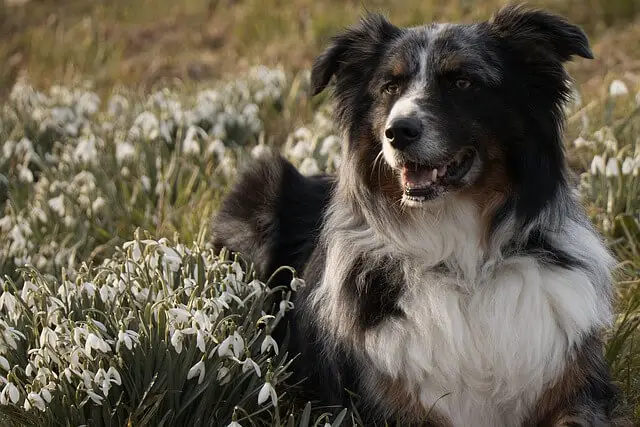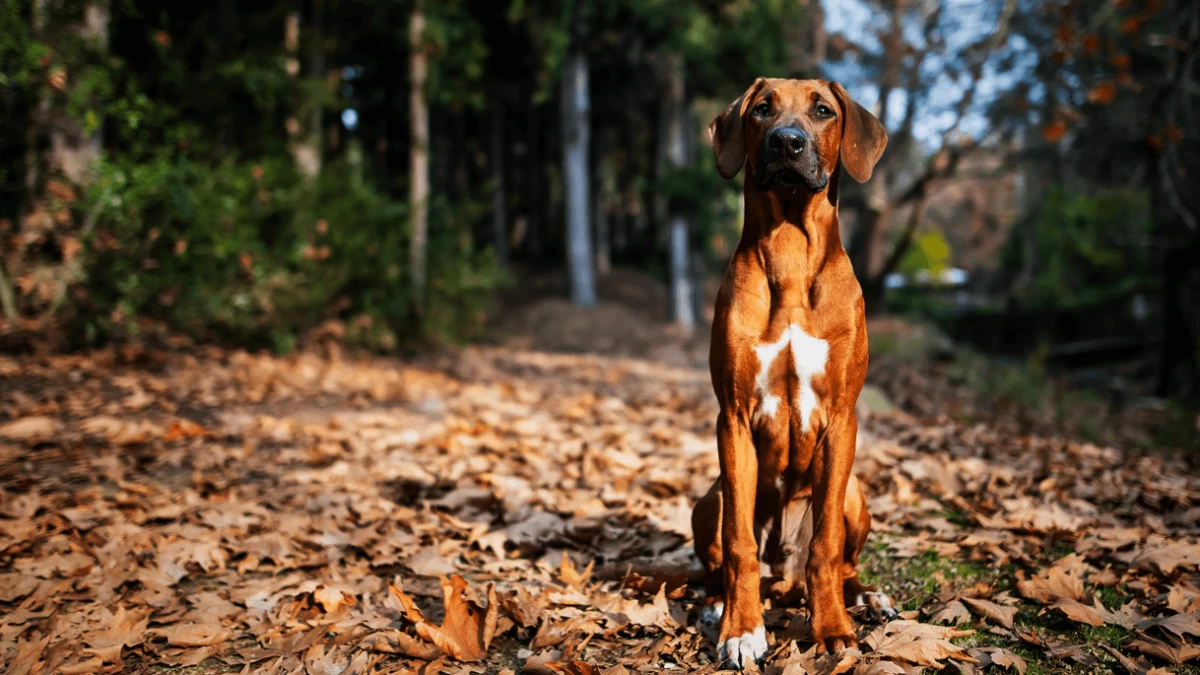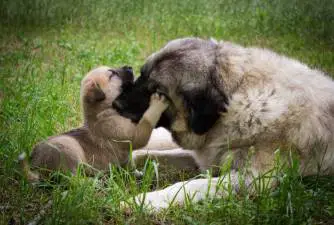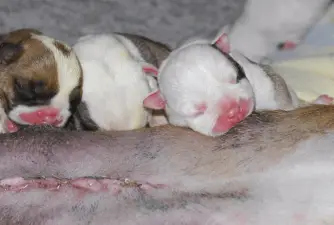What Is Inbreeding?
01.10.2021.
Dog breeding is a careful and meticulous job that requires a lot of planning and knowledge. A responsible dog breeder should always have the goal of improving the breed they are breeding. If someone is breeding dogs only for money, they won’t care that much about improving an entire dog breed.
One of the ways dog breeders wanted to promote a specific trait in their dogs was by inbreeding. If you are new to this, the inbreeding of dogs can seem weird and risky. However, inbreeding has its advantages and risks. Here’s what you should know about it.
What is inbreeding?
Inbreeding is producing offspring from parents that are related. It can be close or distant, and in both cases, inbreeding has potential risks. Close inbreeding is when dogs that are closely related, father-daughter or brother-sister breeding, takes place. Distant inbreeding is when dogs have common ancestors in their lineage. It can be measured by the inbreeding coefficient.

What is the inbreeding coefficient?
To understand the inbreeding coefficient, we need to understand genealogy. Breeding dogs pass their genes to their offspring. When those genes are too similar, health issues can happen. In the early 20th century, animal breeders started seriously experimenting with inbreeding. They wanted to promote some traits and erase others from their dogs. For example, if taller dogs were trendy or got better dog show scores and results, breeders wanted to produce taller dogs. One of the ways they could do that is by breeding siblings from the same tall litter.
However, inbreeding comes with many potential risks. That is why they started calculating the inbreeding coefficient. It is best described and defined by Carol Beuchat, Ph.D.;
“The coefficient of inbreeding is the probability of inheriting two copies of the same allele from an ancestor that occurs on both sides of the pedigree. These alleles are "identical by descent.”

The inbreeding coefficient is also the fraction of all of the genes of an animal that are homozygous (two copies of the same allele). So, for a mating that would result in offspring with an inbreeding coefficient of 10%, there is a one in 10 chance that any particular locus would have two copies of the same allele, and 10% of all of the genes in an animal will be homozygous.”
What does the coefficient tell us?
The lower the inbreeding coefficient, the lower the risk. The higher the number is, the possibility of both benefits and risks are higher. The coefficient, or CoI, can tell a breeder how beneficial the inbreeding can be. It will also tell them how risky the whole process of producing inbred puppies will be.
BREEDER TIP: When it comes to pureblooded dogs, 5 - 10% coefficient of inbreeding is considered healthy. The risk is relatively small, but puppies can inherit desirable traits.
What are some good-to-know values of CoI?
If you’re wondering what a worrying coefficient is, you should know that breeding of first cousins gives a CoI of 6,25%. Half-siblings will make a CoI of 12,5%, and siblings will produce a CoI of 25%. In other words, 1 in 4 puppies will be affected because they inherited two copies of the same allele from an ancestor.

What are the benefits of inbreeding?
Believe it or not, most pureblooded dogs breed were created with some level of inbreeding. That is one of the first benefits we can name. When you think about the process of “creating” pureblooded dogs in the past thousand years, dog owners wanted to achieve specific goals. Dog breeds had purposes. Some dogs were hunters, others were protectors, and some were kept for farm work or vermin control.
While inbreeding is risky, it can provide different benefits in the form of passing specific genes to offspring. If dog owners produced a litter of great hunting dogs, they bred them among themselves to make more puppies with exceptional hunting skills. That is also true for all other positive traits you can imagine (coat color, height, bone structure, temperament, agility, working ability, etc.)
Thinking about breeding your dog? Check out this article - 5 reasons to breed dogs.
What are the potential problems?
The biggest downside to inbreeding is health deterioration. The higher the inbreeding coefficient, the more likely it is the newly produced puppies will have health issues. Mind you, there are inbred dogs who lived long, happy, and healthy lives, and there are dogs that weren’t produced by inbreeding and developed health issues.
When dog owners started looking into inbreeding, they noticed that puppies produced with inbreeding had certain disadvantages. The most common issues of inbred puppies are;
- Shortened lifespan
- Developed hereditary diseases more often
- There were more cases of puppy mortalities
- Produced litters were smaller
- Genetic defects happened more often
- CoI over 10% can lead to extinction

As the inbreeding coefficient rises, the overall population and “gene pool” become smaller. This has a direct impact on the whole breed or species. This is one of the reasons why it is so incredibly challenging to recover an animal species near extinction. Imagine if there were only 300 tigers left in the world. In a few generations, all live tigers would have some common ancestors. They would be smaller, weaker, and they’d live shorter. Litters would be smaller, and it would eventually lead to the extinction of the whole species.
In conclusion
Inbreeding was necessary to create a unique dog breed that would pass consistent traits to their offspring. However, inbreeding should be avoided because it brings potential risks in overall puppy health, lifespan, and mortality rate. The inbreeding coefficient is used for calculating the probability of benefits and risks inbred puppies are exposed to. These days, dog breeders should aim to widen the gene pool within a breed as much as they can, and inbreeding should be avoided as much as possible. A “healthy” CoI in dogs is considered below 5%.
World Dog Finder team








Share